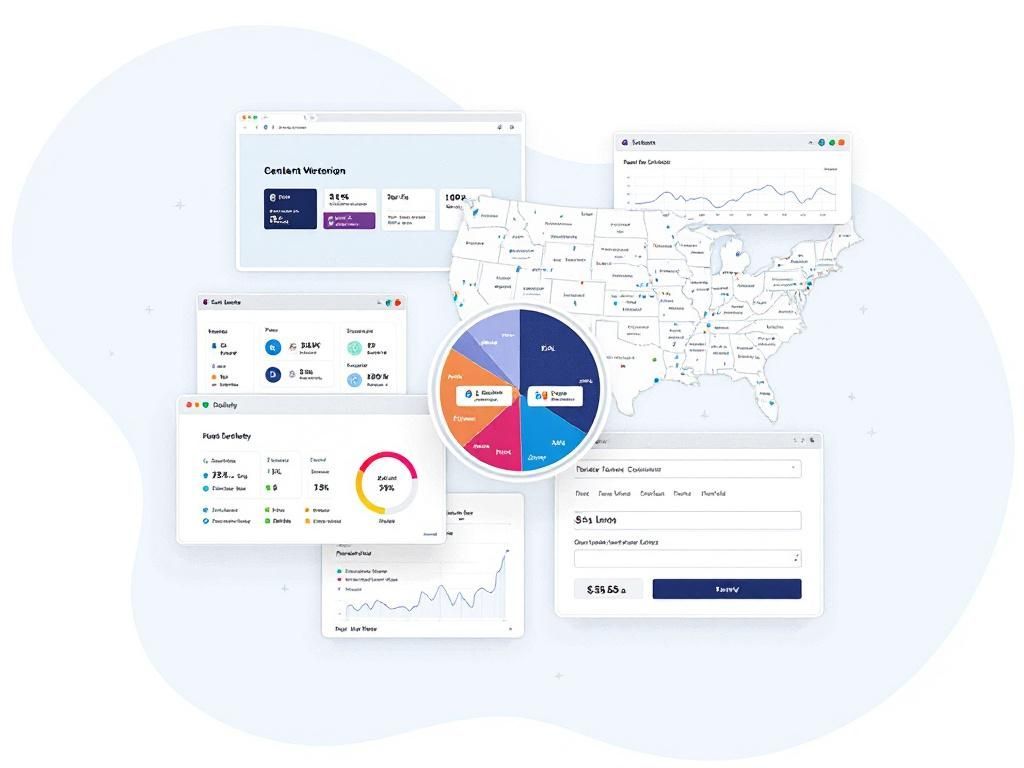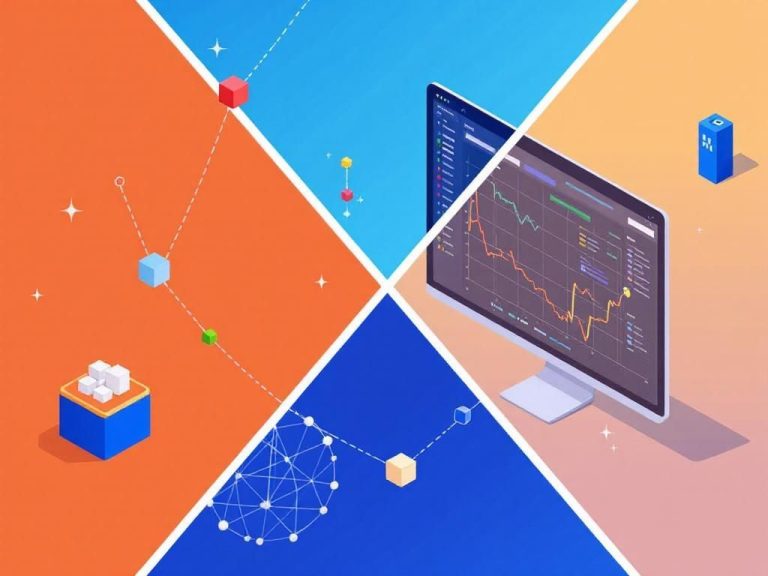In the rapidly evolving landscape of artificial intelligence and machine learning, synthetic data is becoming increasingly essential. These artificially generated datasets allow for the training and testing of algorithms without the privacy concerns and limitations tied to real-world data. As we look ahead to 2025, a plethora of tools are emerging that promise to enhance the quality and efficiency of synthetic data generation. This article delves into some of the most promising synthetic data tools, their features, and how they can revolutionize the way organizations approach data.
Understanding Synthetic Data
Synthetic data refers to information that is generated programmatically rather than obtained by direct measurement. This form of data can mimic the statistical properties of real datasets while maintaining privacy and security. The benefits of using synthetic data include:
- Privacy Preservation: Eliminates the risk of exposing sensitive information.
- Cost Efficiency: Reduces the need for expensive data collection efforts.
- Scalability: Allows organizations to generate large datasets tailored to specific needs.
- Flexibility: Facilitates the creation of diverse scenarios for testing.
Key Features of Synthetic Data Tools
When evaluating synthetic data tools, consider the following features that enhance their utility:
- Data Generation Quality: The tool should create data that closely approximates real-world conditions.
- Scalability: The ability to scale data generation for large models or varied scenarios.
- Ease of Integration: Seamless integration with existing data pipelines and machine learning frameworks.
- User-Friendly Interface: A straightforward interface that caters to both technical and non-technical users.
- Compliance Capabilities: Ensure that generated data adheres to regulations such as GDPR and HIPAA.
Top Synthetic Data Tools to Watch in 2025
The following tools represent the forefront of synthetic data generation and are anticipated to play a significant role in the industry in the coming years:
1. Synthea
Synthea is an open-source synthetic patient generator. It produces high-fidelity electronic health record (EHR) data that is useful for healthcare research. Key features include:
- Realistic patient simulations based on population health statistics.
- Customizable parameters for different health scenarios.
- Compatible with various healthcare data standards.
2. Gretel.ai
Gretel.ai provides a platform that enables developers to generate synthetic data easily. With its AI-driven approach, users can create datasets that maintain the statistical properties of real data. Noteworthy features include:
- Data privacy features that ensure compliance with regulations.
- Support for multiple data types including tabular, text, and image data.
- APIs and SDKs for rapid integration into existing workflows.
3. Hazy
Hazy specializes in generating synthetic data for financial services. It utilizes advanced machine learning techniques to produce data that mimics transactional and customer behavior. Significant attributes include:
- Robust data conditioning and transformation capabilities.
- Support for complex, multivariate data generation.
- Tools for data visualization and analysis integration.
4. Mostly AI
Mostly AI focuses on creating synthetic data for various industries including finance, telecommunications, and healthcare. Its platform is built for enterprise use and offers:
- High-quality synthetic data generation that can pass statistical validation.
- Real-time data generation capabilities.
- Tools for assessing data utility and privacy risks.
5. DataGen
DataGen specializes in generating synthetic data specifically for training computer vision models. This is particularly useful for industries where labeled data is scarce. Key features include:
- Ability to create diverse image datasets with annotated labels.
- Customizable environments to simulate different conditions.
- Integration with popular deep learning frameworks.
Considerations for Choosing a Synthetic Data Tool
When selecting a synthetic data generation tool, organizations should consider the following:
- Use Case: Different tools cater to different industries and data types. Identify the tool that aligns with your specific needs.
- Budget: Evaluate the cost structures of different tools, including licensing fees and maintenance costs.
- Community and Support: A robust community can provide valuable insights and support.
- Future-Proofing: Choose tools that are scalable and adaptable to evolving technologies and regulations.
Conclusion
As we move toward 2025, the significance of synthetic data tools will only continue to grow. They not only provide a solution to the data privacy challenges faced by many industries but also pave the way for innovation in machine learning and artificial intelligence. By leveraging these tools, organizations can create high-quality datasets that not only enhance model training but also drive better decision-making processes. Adopting the right synthetic data generation tool can empower teams to work with data more effectively, ensuring they remain competitive in an increasingly complex technological landscape.
FAQ
What are synthetic data tools?
Synthetic data tools are software applications that generate artificial data that mimics real-world data, allowing organizations to train and test machine learning models without compromising privacy or security.
Why should I use synthetic data tools?
Using synthetic data tools helps organizations overcome data scarcity, protects sensitive information, and enables more robust testing and validation of algorithms.
What are the benefits of synthetic data in machine learning?
Synthetic data can enhance machine learning models by providing diverse datasets, improving generalization, and reducing biases often found in real-world data.
Are there any limitations to using synthetic data tools?
Yes, while synthetic data can be beneficial, it may not capture all the complexities of real-world data, potentially leading to less effective models if not used carefully.
What are some popular synthetic data tools for 2025?
Some popular synthetic data tools expected to lead the market in 2025 include Synthesia, DataGen, and Hazy, known for their ease of use and scalability.
How do I choose the right synthetic data tool for my needs?
When choosing a synthetic data tool, consider factors such as the specific use case, data types supported, ease of integration, and the tool’s ability to generate high-quality, realistic data.




